At what point does the heating season end and what events is
When does the heating season end in houses with central heating? Can any factors shift the end of the season to earlier or late numbers? What activities are accompanied by the end of the heating season and preparation for the next? Let's try to answer these questions.

About dates
So, what is the beginning and end of the heating work?
Legislative requirements
Answers can be found in the Resolution of the Government of the Russian Federation number 307 Rules for the provision of public services to citizens.
- If there is an autonomous heating system in the house, the dates of the end and beginning of the heating season are set by the owners of the premises.
Let us clarify: in this case, they pay for the actual consumption of energy or electricity. Simply put, apartment owners are faced with a choice: either warm up and pay for it, or save at the cost of some discomfort.
- For DH systems, the duration of the season is tied to the average daily temperature. The start of heating is performed when the average daily temperature for five days is +8 degrees below; an order to end the heating season is given when the air warms up to the same +8 during the five-day period.

Meanwhile in the real world
Resolutions are decrees, but in reality it is much more convenient to deal with specific dates known in advance. There are quite a few reasons for this.
We give the most obvious.
- CHP and heating to start heating to bring to a certain mode; in honesty, it is necessary to create a difference between the return and supply pipelines. In the summer, it is absent or minimal; in winter, in heating mains, pressure is maintained around 6-7 kgf / cm2 at the supply and 3-4 kgf / cm2 at the return line. Creating a differential and, most importantly, warming up the coolant requires certain energy resources and takes considerable time: the volume of water in the routes of an average city is thousands of cubic meters. It is simply unrealistic to complete preparations for the launch within half an hour after the forecasters report.
- Depending on when the end of the heating season and when the beginning of a new one, the working order of the staff of service organizations is planned. Both events are accompanied by a sharp increase in accidents. What exactly fails?
- For the moment of launching, flooding of flats through open flushing taps and unplugged liners of dismantled radiators are typical.
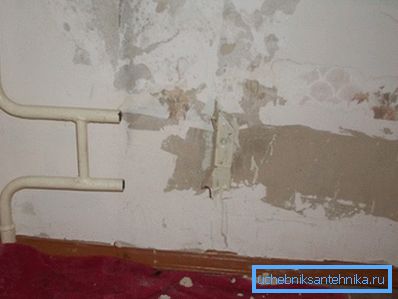
- Replacing heaters with your own hands means the inevitable and numerous leaks of threaded, fitting and welded joints. Alas, the word crimping is just unfamiliar to most people.
- Finally, from the moment of the official notification of the residents about the start of heating, complaints about cold heaters start. Somewhere there are no residents of the upper floors in whose apartments Mayevsky's cranes are located; somewhere they simply do not know how to use.
- The completion of the heating season is accompanied by a massive onset of leaks between the sections of the cast-iron radiators. Cooling down, the sections slightly reduce their linear dimensions; Paronit gaskets that have completely lost elasticity over many years of operation are unable to hold water.
Since there is a significant amount of work to be done for locksmiths, and at the same time masters and engineers of the sites who are to draw up acts for each incident, it is quite logical to form a vacation schedule in such a way that all employees are in place by key dates. Agree - it is difficult to do, not knowing in advance how long the heating season will last.
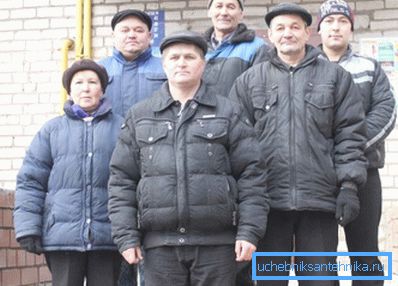
That is why in practice the picture is somewhat different from that prescribed by law.
- The order on the end of the heating season and the start of heating is given every year on the same day. So, in the Khabarovsk Territory, where the author had to work, the heating was started from October 1 to 5; The decision to end the season came from the leadership of the KTS (Communal Heating Networks) May 15.
- In case of serious deviations of temperature from the usual for this season, the dates may shift by a week or more. As a rule, notifications of what date the season should start or end, come from weather forecasters a few days before the estimated date.
activity
Heating off
What happens after the housing organization has received a decree about the end of the heating season from the parent organization?
| Event | Actions |
| Heating stop | The house valves of the supply and return pipes completely overlap. The heating system remains full for the whole summer; when repair is necessary, it is discharged through the risers and re-filled with water after completion of work |
| DHW switching | In homes without circulation tapes, the DHW supply is switched to the supply pipe. In elevator nodes with circulating hot water inlets switches to circulation mode from feed to return |
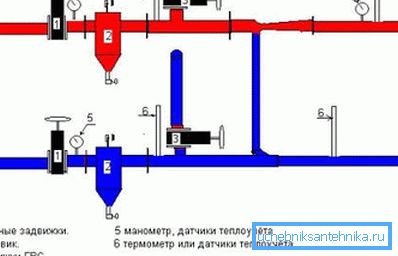
Temperature tests
In the spring, when the heating season ends (or shortly before its completion), the batteries in the apartments heat particularly strongly. Since the streets at this time are quite warm, the heat, of course, causes strong and quite unequivocal feelings among homeowners.
Contrary to popular belief, this is not stupid and not wasteful. In early May, tests of heating systems for temperature are conducted. Thus, in the heating mains and house systems, all potential problems associated with the burning out of organic seals and the thermal expansion of pipeline elements are identified.
The essence of the test is simple and clear: with constant pressure, the flow temperature rises to a maximum of 130-150 degrees.
The rules for preparing for temperature tests are not difficult: the DHW switches off completely; heating is operating normally.
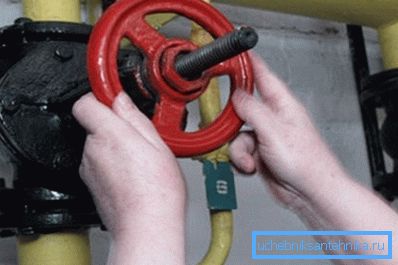
Density tests
Some time after the date when the heating season ends, one more test is carried out - for density. Only heating mains are tested; the pressure in them rises from the standard 6-7 to 10-12 kgf / cm2 on both threads. At the same time temperature of the heat carrier decreases to street.
Why is this necessary? So that at the time when the repair of the route does not lead to the defrosting of houses and entrances, identify all the weak points of the pipelines and organize their timely repair.

Here is the instruction for conducting density tests for workers in housing services.
| Event | Actions |
| Disabling the elevator node from the road | The inlet valves in the elevator assembly overlap. At the same time, the DHW is also blocked, so that the cold water flowing into the DHW system through the mixers in the apartments does not flood the premises of the elevators through discharges |
| Reset organization | 1-2 control valves open in the elevator assembly |
To clarify: the last item is necessary so that when the gate valves are chucked in, the pressure of 10-12 atmospheres does not destroy the heating system. Water is almost incompressible, and for pressure growth in a closed circuit it needs very little.
The deadline for testing depends primarily on the presence or absence of accidents. As a rule, they last from days to two.
Flushing
Another event that takes place after stopping the heating or shortly before it is flushing the heating system at home.
Most often it is performed by the hydropneumatic method:
- The heating system is started to discharge into the sewer. When the feed valve is open and the return valve is closed on the return pipe, a resetter opens.
- Compressed air is injected into the flow through the control valve.
- After a few hours, the direction of the movement of the pulp is reversed.
The results of flushing are estimated by the representative of the heating networks. As a rule, the assessment comes down to checking the contents of the radiators of the access and apartment heating: the bottom deaf plugs are unscrewed from them.
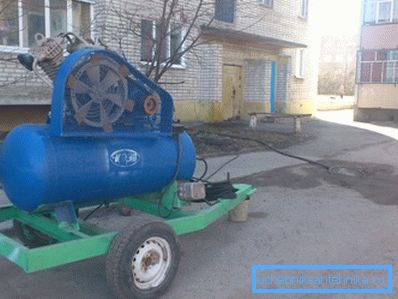
Inspection of valves
The plan of activities for preparing for the heating season includes:
- Inspection of shut-off valves of elevator nodes.
- Revision of the status of nozzles elevators and (if necessary) their brewing, boring or replacement.
The audit of valves and fittings is accompanied by its repair and (in the case of non-availability) replacement. Since the price of valves is high enough, they are trying to be repaired - to weld worn wedges and to grind cheeks. Preparation of one valve for work can take up to half a working day.

It does not matter how long the repair itself takes: the representative of the heating network can be invited to inspect any day before the start of the next season. Checking the status of valves and fittings is extremely simple: after all the valves in the assembly are closed, no water should flow through the open control valve.
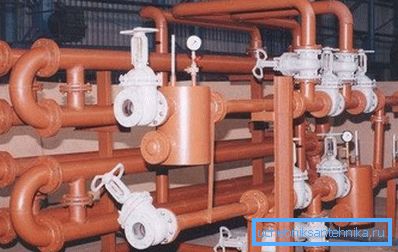
On the basis of the check, an act of readiness of the subscriber is drawn up, after which a readiness certificate for the next season is issued to the house.
Conclusion
We hope that our material was able to answer the questions accumulated by the reader on the schedule of the central heating. As usual, the video attached to the article contains additional thematic materials. Successes!